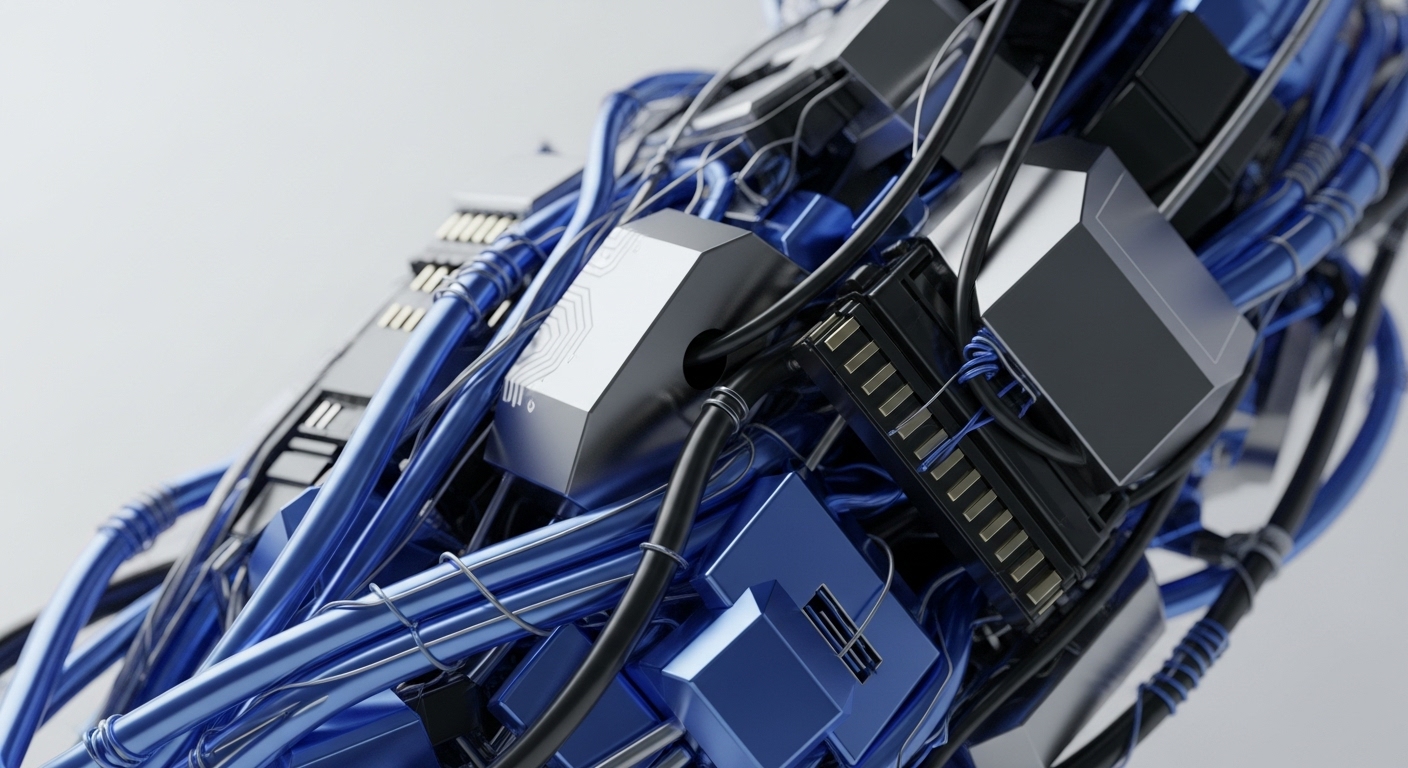
Briefing
Falcon Finance has strategically expanded its collateral framework by integrating tokenized U.S. Treasuries, Tether Gold (XAUt), and compliant tokenized equities (xStocks) to mint its synthetic dollar, USDf. This move fundamentally re-architects the stablecoin collateralization model by transforming traditionally passive, off-chain assets into yield-bearing, on-chain primitives. The primary consequence is the creation of a more resilient, capital-efficient, and institutional-grade liquidity base for DeFi, significantly reducing reliance on volatile crypto-native collateral. This strategic pivot is validated by the protocol’s rapid growth, with USDf circulation already surpassing $1.6 billion.

Context
The DeFi ecosystem has long struggled with a fragmented and often volatile collateral base for its stablecoins and lending protocols. While crypto-native assets provide decentralization, their price volatility introduces systemic risk and limits institutional adoption. The prevailing product gap was the absence of a compliant, yield-generating, and deeply liquid collateral source that could bridge regulated financial markets with decentralized finance, leading to inefficient capital allocation and a ceiling on institutional participation.

Analysis
This integration alters the fundamental collateralization system of the application layer, shifting the stablecoin’s backing from purely crypto-native assets to a diversified, real-world asset (RWA) portfolio. The specific system altered is the capital efficiency of the synthetic dollar. By using tokenized U.S. Treasuries and equities → assets that generate yield off-chain → the protocol can offer a more stable and potentially higher-yielding synthetic dollar.
This creates a powerful flywheel → institutional capital is attracted by the compliant RWA collateral, which in turn increases USDf’s liquidity and utility, making it a more attractive base layer for competing dApps like lending protocols and exchanges. The Chainlink CCIP and Proof of Reserve integrations ensure data integrity and cross-chain composability, setting a new standard for RWA-backed financial primitives.

Parameters
- USDf Circulation → $1.6 billion. (Represents the total synthetic dollar market cap backed by the new collateral framework.)
- New Capital Commitment → $10 million. (A recent investment from M2 Capital and Cypher Capital to accelerate the universal collateralization infrastructure.)
- RWA Collateral Types → Tokenized U.S. Treasuries, Tether Gold (XAUt), and Tokenized Equities (xStocks). (The diversified asset base providing compliant, yield-bearing backing.)

Outlook
The immediate roadmap involves accelerating the global expansion of the universal collateralization infrastructure, supported by the new capital commitment. This model is highly forkable, yet the competitive moat lies in the complex, regulated, and audited RWA integration pipeline, particularly the Chainlink Proof of Reserve oracle network. This innovation is poised to become a foundational building block, enabling other dApps to build new financial products, such as RWA-backed derivatives or compliant institutional vaults, directly on top of USDf’s deep, yield-bearing liquidity.

Verdict
Falcon Finance’s successful integration of compliant real-world assets into its collateral model validates the thesis that institutional capital will enter DeFi through superior, yield-generating financial primitives.
